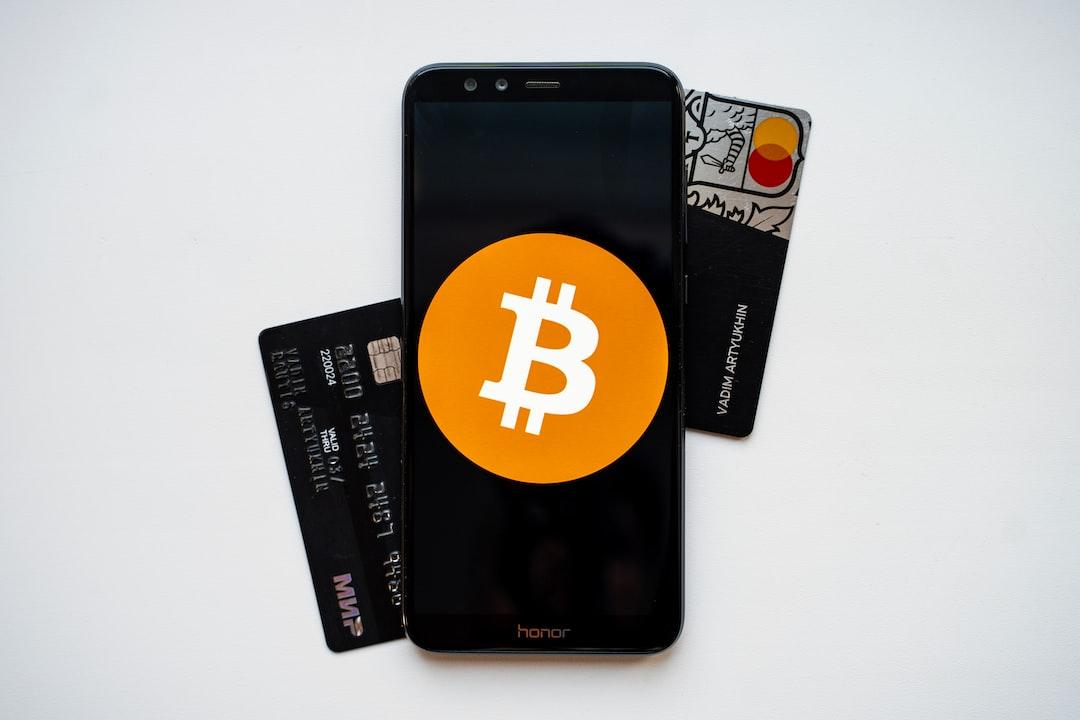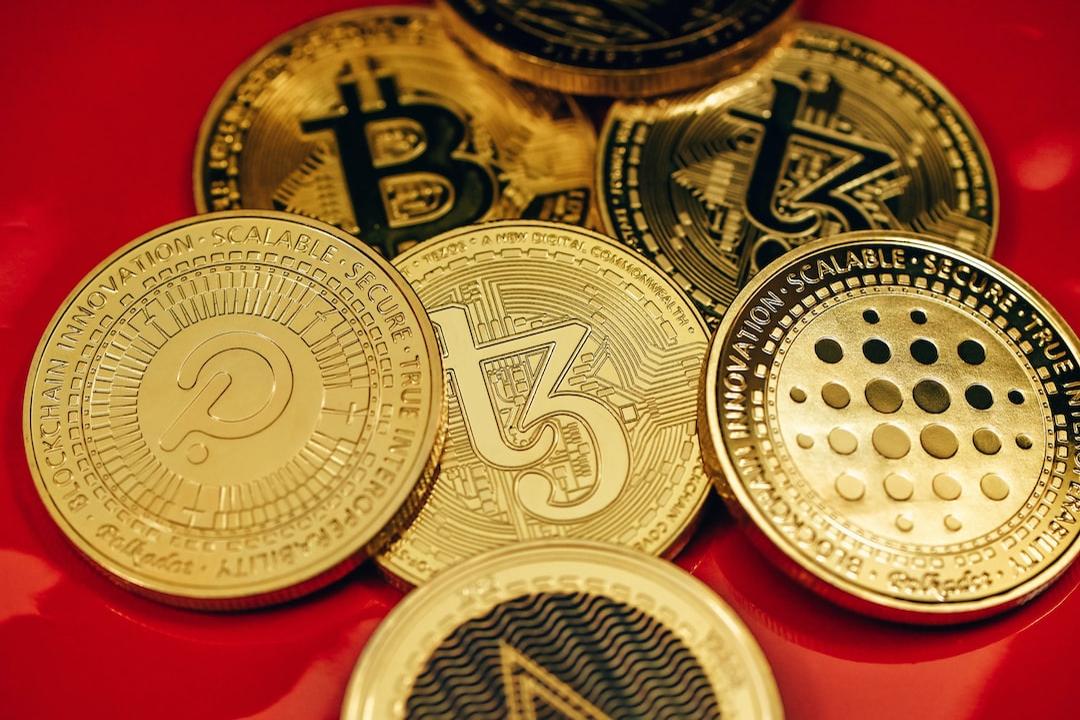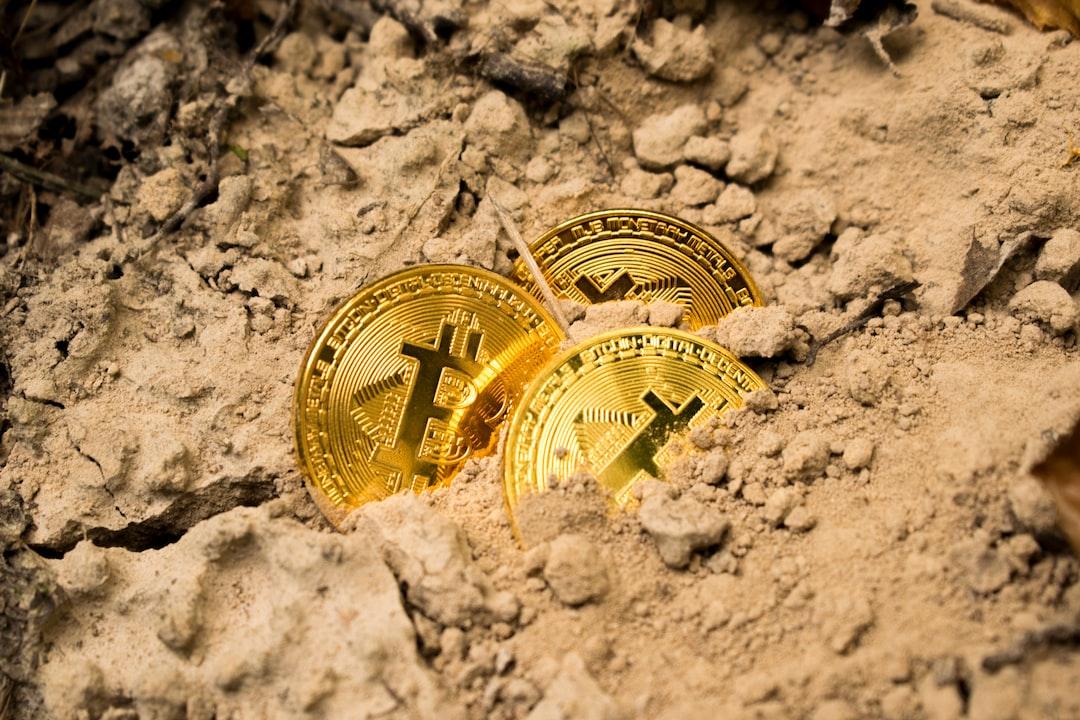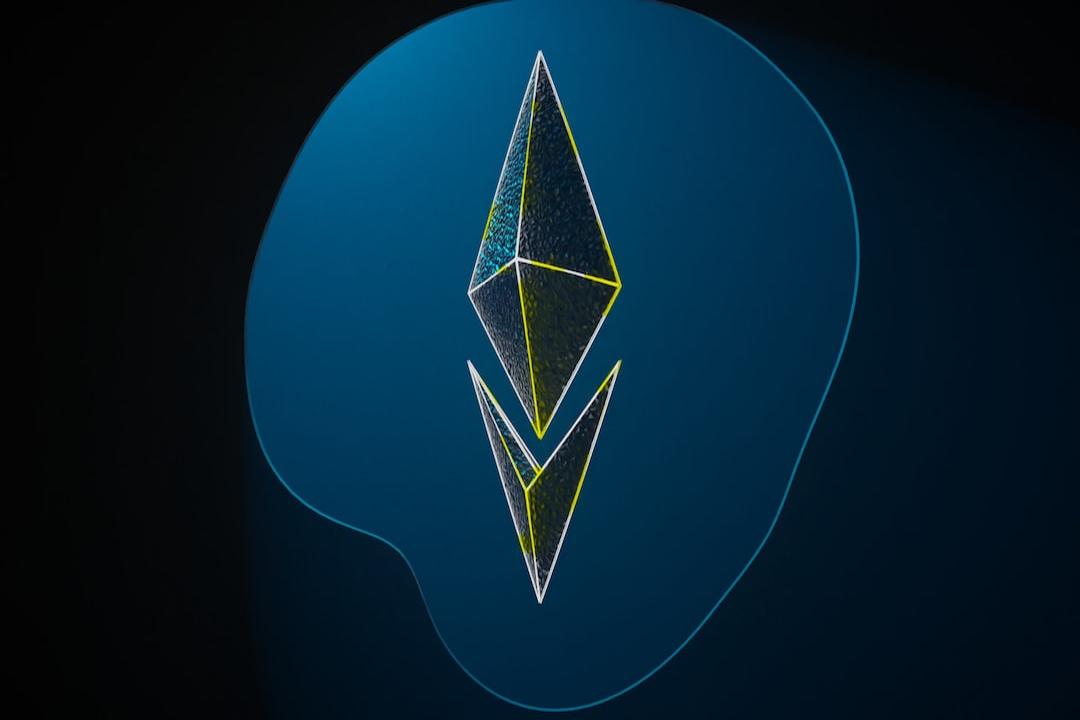A 23-Year-Old Man with a One-Year-Old Daughter, Two Cars, and Three Celebrity Tokens Chooses to Sacrifice Himself with Meme Coins
This article is sourced from the Wall Street Journal, written by Wenser, and compiled and translated by Odaily Planet Daily.
Previous Context: Binance’s He Yi Reveals “Meme Coin Learning Notes,” Exposing Investment Philosophy: Meme Attention Becomes Belief, and Only Then Will Products Have the Next DOGE
Background Supplement: Pump.fun Founder Accidentally Shows His Face on a Livestream, and Related Meme Coins Are “Removed”
As the market’s liquidity tightens and attention resources become scarcer, Meme coins have transformed from an entertainment-driven attention economy vehicle and a hot news trend indicator into a wave of entertainment to death, the ultimate human nature amplifier in PVP. From the “burn injury incident” on pump.fun to pornographic livestream tokens and countless quickly outdated insider coins, the Meme coin craze has gradually evolved into a massacre of retail investors by big players, a siege by conspiracy groups on casual gamblers in the casino. And now, a 23-year-old Californian man, after falling victim to a Meme coin scam, chose to end his life, ironically and mercilessly mocking the cruel reality of “everything can be Meme coin.” This is his story, his name is Arnold Haro.
The Tragedy in the Corner of the Crypto World: When a Suicide Becomes a Meme Coin
A 23-year-old Californian man, after falling victim to a Meme coin scam, chose to end his life by livestreaming a suicide with a gun.
At 3:28 PM on February 21, in a remote farm residence in California, Arnold Haro was in extreme agony. He scratched his scalp incessantly, breathing heavily, and looked in immense pain. “If I die, I hope you turn this (suicide) into a Meme coin,” he said to the fans watching his livestream on the X platform.
About three hours later, he calmly picked up a bullet, loaded it into his Smith & Wesson handgun, rotated the chamber—“bang”—and a young life was abruptly taken from this world.
Subsequently, his last wish was fulfilled—a Meme coin named after Haro’s social media account skyrocketed to a market value of over $2 million, only to crash rapidly, as with many other Meme coins. Of course, this was not an isolated incident. A crypto gold rush followed, with dozens of other imitation Meme coins flooding the market, some even using screenshots from his livestream as token logos, as the Meme coin community scrambled to claim a share of the profit from Haro’s suicide.
The Birth of Meme Coins
Meme coins originated from the rise of Dogecoin in 2013 as a digital token meant to satirize the crypto world. Over time, the internet subculture surrounding the idea that “every cultural moment can have its own cryptocurrency” began to develop. Meme coins related to celebrities, political leaders, and anonymous figures surged into the market, with no intrinsic value—just the hype of Memes and associated figures circulating on the internet.

Without a doubt, as the cryptocurrency market surged, Meme coins became part of the $2.8 trillion crypto market, but they also proved to be breeding grounds for scams—a speculative world marked by bubbles and crashes, where token creators earn wealth, and others are left holding Meme coins that briefly skyrocketed only to gradually return to zero. U.S. federal authorities treat Meme coins as entertainment rather than securities, which means many protections offered to traditional asset investors do not apply here.
The Meme coin created around “Haro’s Death” showed the brutal side of the absence of limits in the Meme coin world—here, anything can become a Meme coin—even a tragic suicide.
The Fallout from the Scam: Meme Coins Turn to Dust
As Haro became deeply entangled in the Meme coin whirlpool, his life became increasingly tumultuous. The 23-year-old’s crypto wallet showed that since the summer of 2024, he had been an active trader of Meme coins and NFTs, particularly those on the Solana chain.
When Haro passed away, the cryptocurrency market had been rising for a year. In January, Bitcoin broke through $106,000, setting a historic high, and crypto enthusiasts and the Trump administration claimed that the future would be an era of crypto legalization, with Meme coins being a growing part of it, including the TRUMP token issued by Trump.
However, within Meme coins, there are so many “pump and dump” scams that they have their own term—Rug Pull. Haro experienced these scams time and time again—a series of rugs that worsened his already precarious life.
He lived in a rural area outside Fresno, California, with his sister and mother, a household cleaner. Neighbors described the family as low-key, and other family members viewed him as a fool. According to police records, he worked in the solar industry and had a one-year-old daughter with his ex-girlfriend, though they had long since separated. Additionally, he owned two cars: a silver Ford F-150 pickup truck and a BMW X6 SUV. According to police records, his ex-girlfriend revealed that, in addition to his regular job, he had sold fentanyl and methamphetamine to some homeless individuals near the river district. He was also a drug addict and had suffered a fentanyl overdose in 2020, so severe that he had to relearn how to walk and speak.
Under his account MistaFuccYou, he regularly posted extreme memes and racist comments. He bragged about collecting firearms, taking OxyContin, and had been banned from a steakhouse for not tipping the waiter. After a video of him spinning around and vomiting spread, he became, in a way, a Meme himself, known on social media as the “360-degree Vomit Guy.”
The Death of a Meme
In his personal social media accounts, there were screenshots and information about his cryptocurrency losses. He once asked a crypto influencer, known for hyping Meme coins, to return $8 simply because the person had not released enough content.
In January, he posted that he had borrowed money to buy the token released by President Trump and First Lady Melania Trump. “I promised my parents I would buy TRUMP tokens with a large loan to get rich overnight, but now it’s turned to crap,” Haro posted on January 19. “I just bought some MELANIA tokens, but with my luck, it probably won’t end well either.”
Both of these Meme coins plummeted after brief speculation, with TRUMP falling 86% after reaching a market value of nearly $15 billion. Haro also purchased a rapidly deflating TRUMP imitation Meme coin. On January 27, he messaged another crypto trader on X saying he had lost his last $500 on a token allegedly related to rapper Kanye West.

“I tried to sell this token, but couldn’t,” he wrote. As it turned out, the token had nothing to do with Kanye. A screenshot showed that Haro’s loss was as much as 35.9%.
At the same time, his situation in illegal drug trafficking seemed to be reaching an end. According to his ex-girlfriend’s police statements, Haro had sold two stolen cars to a Mexican drug dealer in exchange for a large amount of marijuana. He also told his ex-girlfriend that the drug dealer had threatened to kill him. Police records also showed that Haro was very upset after finding out his ex-girlfriend was seeing another man. “Arnold owed a lot of people a lot of money, and he was very anxious and stressed about it,” a police report summarizing the interview with his ex-girlfriend stated.
When a Death Becomes a Meme Coin, Who Is the Killer?
After his ex-girlfriend had finished work, she checked her phone and saw Haro’s death video on his X account.
“I called because the father of my daughter was livestreaming playing Russian roulette on his social media,” she told the police dispatcher around 5:03 PM, according to the audio and police records. “I don’t know if this is real.”
At 5:43 PM, police reported finding a male body with a gunshot wound to the head in Haro’s room. His mother was outside the house, hysterically crying, unable to accept the fact.
Six days after Haro’s death, the U.S. Securities and Exchange Commission (SEC) issued a declaration stating that the Meme coins created with Haro’s likeness were not problematic. “Meme coins are typically purchased for entertainment, social interaction, and cultural purposes,” the agency stated, comparing them to collectibles. The declaration added that speculative activities had mainly driven up their value.
According to archived versions of the video, in his final moments, Haro requested that any Meme coins related to his death be sent to his Solana wallet.
These Meme coins, which have since collapsed, continue to haunt his family.
The Rise of Meme Coins Related to Haro’s Death
The Meme coins related to Haro’s death surged on Pump.Fun, a website that allows users to quickly create Meme coins, much like how Tumblr allows users to set up blogs.

Some Meme coins used static images from the livestream as their avatars, where Haro had his eyes closed, holding a gun to his head. Others used his X platform profile picture or screenshots from his vomiting video.
The most popular was a Meme coin called MISTA, whose market value once soared to over $2 million, only to halve within a day, with its current trading volume around $80,000.
A spokesperson for Pump.Fun stated in an announcement, “Mr. Haro’s death is a tragedy, and Pump.Fun, apart from allowing users to create and release morally questionable, news-related crypto tokens, has no other involvement in this event.”
Some token creators claimed to have raised funds for Haro’s family and transferred tokens to his wallet, but it remains unclear whether his family will receive these funds. The developer behind the MISTA token claimed to have donated $5,000 via GoFundMe to cover Haro’s funeral expenses.
“Please do not exploit our pain and my brother’s death for profit,” Haro’s sister said, though her words now feel so helpless and powerless.


